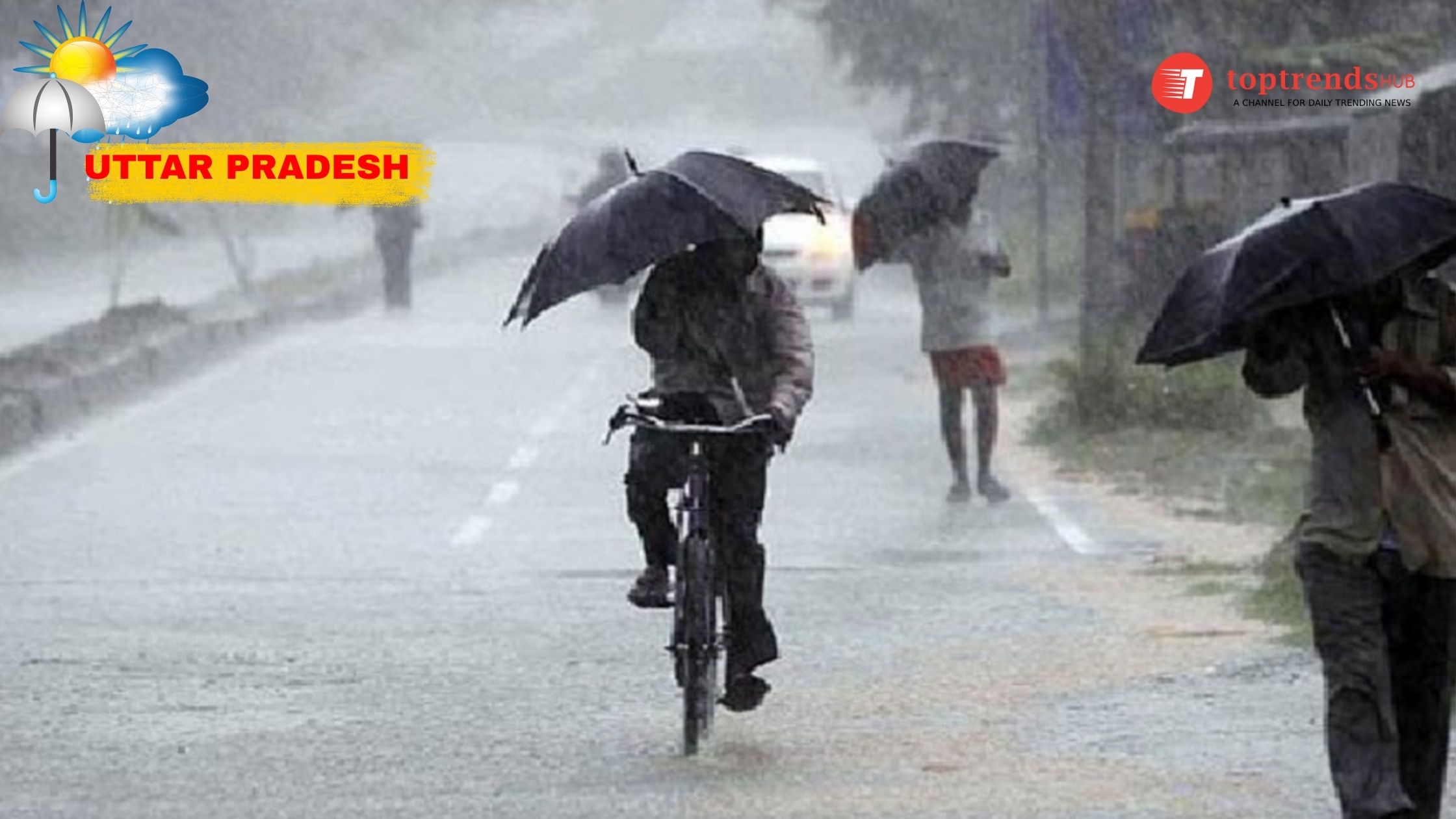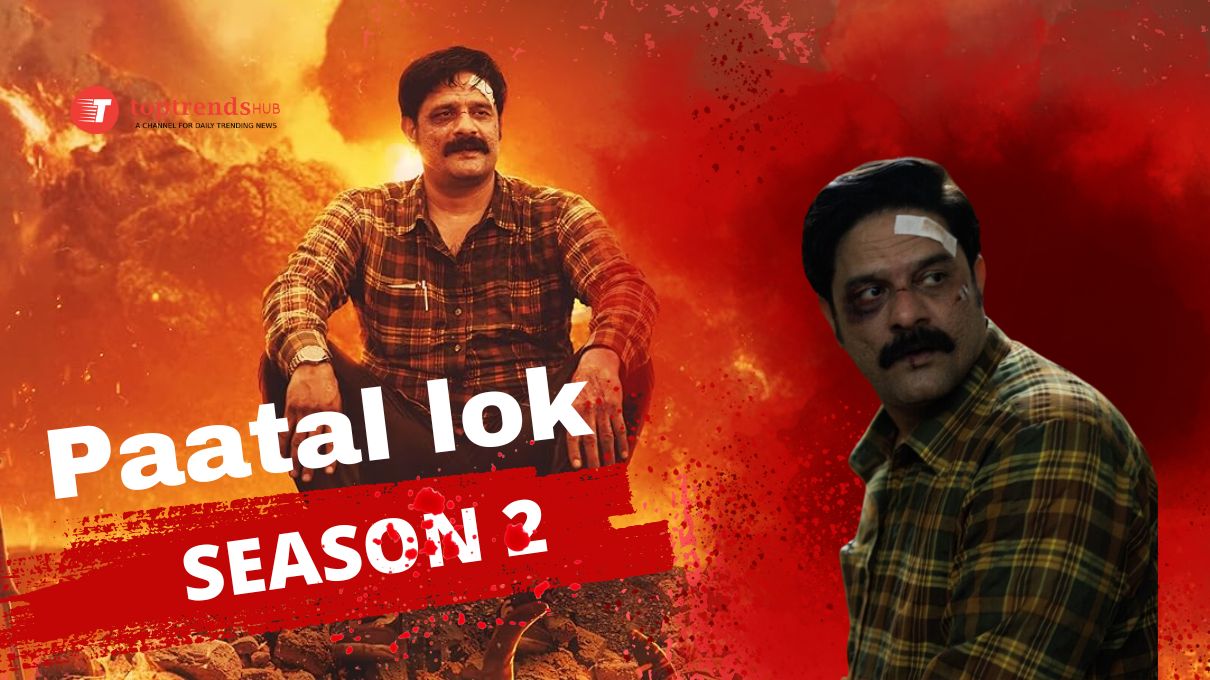Raksha Bandhan In 2024 will be celebrated on August 19th. This vibrant and cherished festival, also known as Rakhi, is a heartwarming celebration of the sacred bond between brothers and sisters. Let’s delve into the significance, traditions, and the spirit of Raksha Bandhan
Raksha Bandhan is a cherished Hindu festival celebrated with great enthusiasm across South Asia and in various parts of the world influenced by Hindu culture.In 2024, this vibrant festival will take place on August 19th. On this special day, sisters of all ages tie a rakhi—a sacred thread or amulet—around their brothers’ wrists. This gesture symbolizes their love and protection, and in return, brothers typically offer gifts, signifying their commitment to care for their sisters.
The festival occurs on the last day of the Hindu lunar calendar month of Shravana, which generally falls in August. The term “Raksha Bandhan” means “the bond of protection” in Sanskrit, reflecting the essence of this ritual. Historically, this term referred to a similar ceremony performed by domestic priests who tied amulets or threads on their patrons’ wrists in exchange for gifts of money. However, the festival we celebrate today, focusing on the sibling bond, has evolved from folk traditions and has various regional names like saluno, silono, and Rakri.
Raksha Bandhan 2024: Celebrating the Bond of Protection
Raksha Bandhan holds special significance for married women, especially in rural North India where village exogamy is prevalent. Traditionally, a bride marries outside her natal village, and her parents do not visit her in her married home. Consequently, many married Hindu women travel back to their parents’ homes each year for Raksha Bandhan.

Brothers often travel to their sisters’ homes to escort them back, and some younger married women arrive weeks in advance to participate in the festivities. This practice underscores the role of brothers as intermediaries between their sisters’ married and parental homes, ensuring their security and connection.
In urban India, where families are increasingly nuclear, Raksha Bandhan has become more symbolic but remains immensely popular. The festival’s traditions have expanded beyond their traditional regions, influenced by technology, migration, and media.
Films, social interactions, and political promotion have all played a role in shaping modern celebrations. The act of tying the rakhi has even extended to relationships beyond blood ties, fostering voluntary kinship across different castes, classes, and religions. Authority figures and friends often partake in this tradition, further enriching its meaning and reach.
Raksha Bandhan 2024 is an opportunity to celebrate the profound bond of protection and affection between siblings. As August 19th approaches, let us honor the traditions that connect us and cherish the relationships that define our lives. Whether near or far, Raksha Bandhan is a reminder of the love and commitment that binds us together.
Evolution of Raksha Bandhan
Nazeer Akbarabadi (1735–1830) penned one of the earliest poems in Hindustani about Rakhi. In the final stanza, the poet imagines himself as a Brahmin priest, complete with a sacred thread and a mark on his forehead, so he could tie rakhi threads around the wrists of everyone around him.
On August 26, 1944, Indian nationalist Govind Ballabh Pant wrote a letter from Ahmednagar Fort prison to his children, Laxmi Pant (nicknamed Lachi) and K. C. Pant (Raja). He mentioned that the Raksha Bandhan thread and Janeoo he sent earlier got stranded somewhere and haven’t arrived yet Pant expressed his concern, noting that recovery seemed unlikely.
Contributions of McKim Marriott
Sociologist Yogendra Singh highlights the work of American anthropologist McKim Marriott in understanding Raksha Bandhan’s origins. Marriott explored the interaction between two cultural traditions: the elite or “great” tradition, rooted in texts like the Vedas, and the local or “little” tradition, reflected in folk art and literature. Singh points out that Marriott showed Raksha Bandhan originated from the “little tradition.” Furthermore, anthropologist Onkar Prasad suggested that Marriott was the first to identify the constraints within which each village tradition maintains its essence.
In his village study, Marriott noted two concurrent traditions on the full moon day of Shravana: a “little tradition” festival called “Saluno” and a “great tradition” festival, Raksha Bandhan, which Marriott referred to as “Charm Tying.” On Saluno day, husbands would arrive at their wives’ villages to take them back to their marital homes.

Before leaving, wives and unmarried sisters would place young barley shoots on their brothers’ heads and ears as a sign of devotion, with the brothers responding with small coins. Alongside Saluno, the Charm Tying ceremonies took place, where Brahman priests tied a polychrome thread adorned with tassels around patrons’ wrists and blessed them, receiving cash in return. Both ceremonies coexisted, representing different aspects of the same cultural process.
Changing Traditions
Norwegian anthropologist Øyvind Jaer, who studied eastern Uttar Pradesh in the 1990s, observed that while the “great tradition” festival was diminishing in importance, the “little tradition” involving sisters and brothers had gained prominence.
Historical Texts and Rituals
Hindu texts offer crucial context for Raksha Bandhan. For instance, Chapter 137 of the Uttara Parva of the Bhavishya Purana provides a detailed description of a ritual. In this chapter, the Hindu god Krishna instructs Yudhishthira on the ceremony of tying a raksha (protection) on his right wrist. This ceremony, as detailed by Krishna, takes place on the full moon day of Shravana. Specifically, Krishna outlines the procedure, which includes several steps. Initially, one must bathe and then proceed to make charitable offerings. Subsequently, the ritual involves preparing a packet adorned with sacred items. The priest then ties this packet around the king’s wrist while reciting a blessing.
Significance of Territorial Exogamy
Raksha Bandhan holds special significance for married women, particularly in regions with strong practices of territorial or village exogamy. In these areas, a bride marries outside her natal village, and her parents typically do not visit her new home. Anthropologist Leo Coleman explains that Rakhi and its local performances in Kishan Garhi reaffirm connections between sisters who have married out and their village-resident brothers.
This rite allows sisters to maintain ties with their natal village and ensures that brothers uphold the moral solidarity of their family, even after the sisters’ marriages.
In rural North India, where village exogamy is common, many married Hindu women return to their parents’ homes for Raksha Bandhan each year. Scholar Linda Hess notes that brothers, often living nearby, sometimes travel to their sisters’ homes to escort them back. Many younger married women arrive weeks before the festival and stay until the ceremony.
Folklorist Susan Snow Wadley describes the festive atmosphere of Savan, with its lush greenery and swings, emphasizing that women, especially the young ones, look forward to returning to their natal homes for an annual visit. Brothers continue to play a crucial role as intermediaries between their sisters’ married and parental homes, as well as guardians of their well-being.
Voluntary Kin Relations
On August 24, 1953, Rajendra Prasad, the first President of India, celebrated Raksha Bandhan at Rashtrapati Bhawan, showcasing the festival’s significance at the highest level. Beyond traditional blood relations, Raksha Bandhan also fosters bonds between individuals who are not related by blood. This practice of tying rakhi amulets extends across various caste, class, and religious boundaries, including both Hindu and Muslim communities.

Rajendra Prasad, first president of the Republic of India, celebrating Raksha Bandhan at the presidential palace, Rashtrapati Bhawan, 24 August 1953
In some traditions, people also extend this ritual to figures of authority, such as matriarchs or community leaders, to recognize their influence and support. Author Prem Chowdhry notes that lower-caste women often seek the symbolic protection of higher-caste men through this ritual. Although they do not always tie the rakhi, higher-caste men typically offer some money in return.
Regional Variations in Ritual
Different regions of India celebrate Raksha Bandhan with unique customs:
- West Bengal: Here, Raksha Bandhan is also known as Jhulan Purnima. The day involves prayers and puja dedicated to Krishna and Radha. Sisters tie rakhi on their brothers’ wrists, wishing for their immortality. Political parties, offices, and educational institutions embrace the festival, marking the day with renewed hope for strong relationships.
- Maharashtra: Among the Koli community, Raksha Bandhan coincides with Narali Pournima, also known as Coconut Day. Fishermen pray to Varuna, the Hindu sea god, and throw coconuts into the sea as offerings. Women and girls tie rakhi on their brothers’ wrists, as per the tradition.
- North India: Here, it is common to fly kites around Raksha Bandhan and Janamashtami. Locals prepare for this by purchasing strong kite strings and a variety of kites.
- Nepal: Raksha Bandhan, known as Janai Purnima or Rishitarpani, includes a sacred thread ceremony observed by both Hindus and Buddhists. Hindu men replace the thread they wear around their chests (janai), and in some areas, girls and women tie rakhi on their brothers’ wrists. People celebrate a similar brother-sister festival during Tihar (or Diwali) in Nepal.
- Odisha: In Odisha, the festival is referred to as Rakhi Purnima or Gamha Purnima. Sisters tie rakhi on their brothers’ wrists as a symbol of love and honor, with brothers pledging to protect their sisters from hardships. People associate the name Gamha Purnima with the celebration coinciding with Lord Balabhadra’s birthday, where farmers also tie rakhis to cattle.
Depictions in Movies and Popular History
The myths and historical narratives associated with Raksha Bandhan are often debated.
- Jai Santoshi Maa (1975): This film narrates a story where Ganesha’s sons, Shubha and Labha, wish for a sister to celebrate Raksha Bandhan. However, they are unable to fulfill their wish through Ganesha. Consequently, the sage Narada intervenes and persuades Ganesha to create a daughter named Santoshi Maa from divine flames. As a result, the film portrays Ganesha’s role as a family man and subsequently highlights the creation of Santoshi Maa as a new tradition for Raksha Bandhan.
- Sikandar (1941): Film historian Anja Wieber describes how this film introduced a widespread legend linking Raksha Bandhan to Alexander the Great and King Porus. Roxane, Alexander’s wife, ties a rakhi to King Porus to strengthen their bond, which leads Porus to spare Alexander in battle. This tale, though popular in India, lacks ancient evidence and is seen as a modern creation.
- Rani Karnavati and Emperor Humayun: A historical account from 1535 CE tells the story of Rani Karnavati of Chittor, who sent a rakhi to Emperor Humayun when facing an invasion by Bahadur Shah of Gujarat. Humayun reportedly mobilized his troops to help, but arrived too late. Some historians question the authenticity of this account due to a lack of contemporary sources.







